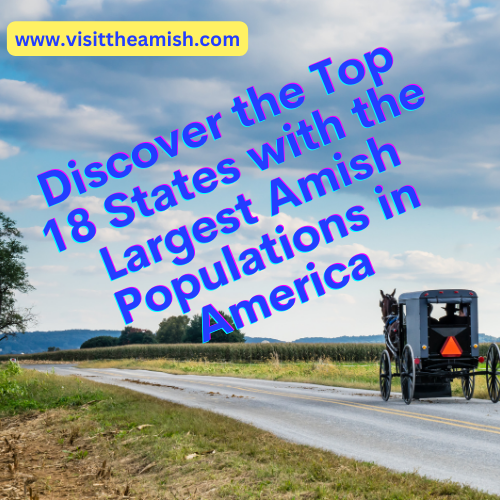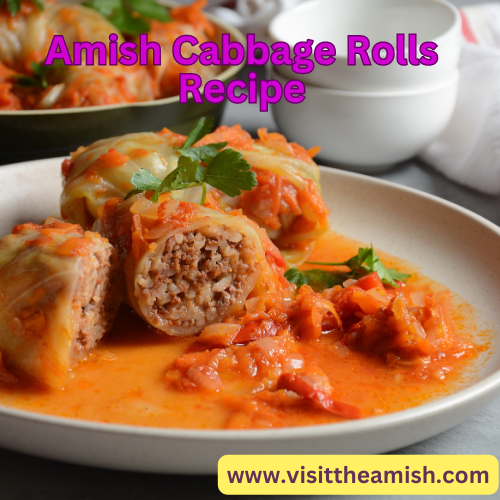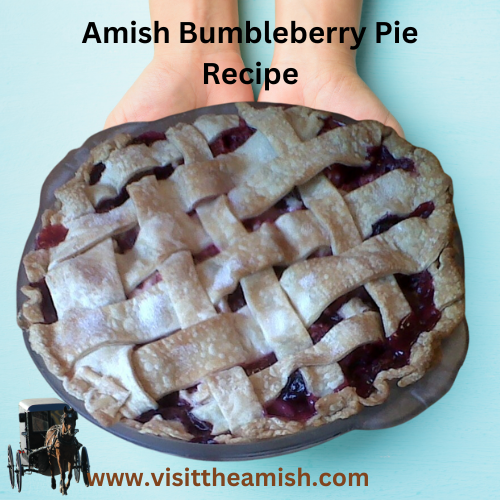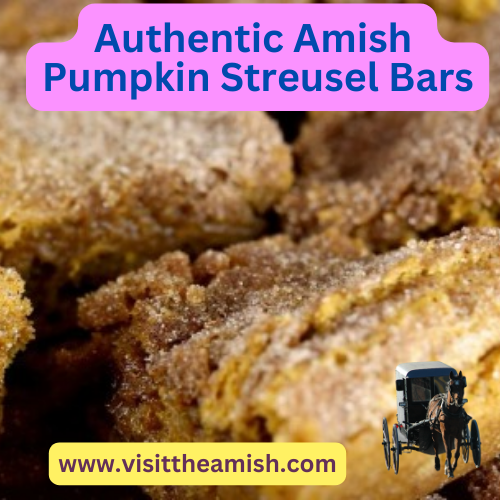So today I’m going to run down the top 18 states where you’ll find Amish. I’m going to go largest Amish population to smallest. Is your state on the list?
Pennsylvania
So first state Pennsylvania, now Pennsylvania’s best known settlement is Lancaster County. This state has the three oldest Amish settlements and the those are the only communities that were started in the 1700s.
Ohio
Ohio has 2 very big communities, Holmes County and then Geuga County. It also has a lot of small communities scattered across the state. In fact, there are over 60 communities in Ohio
Indiana
Indiana is the last of the big three Amish states, but interestingly, Indiana only has about two dozen communities. And So what that means is that Indiana has a good number of settlements that are pretty big. You got everything from Elkhart and LaGrange counties in the north, Davis County in the South. You’ve got the two large Swiss Amish settlements in Adams County and Allen counties.
Wisconsin
The next state is known as a dairy state, so it kind of makes sense that there might be a lot of Amish in this state. Wisconsin has over 60 communities and the largest one is at Cashton
New York
Surprises some people, but New York is number five. This actually may be the most popular of all states over the last ten to fifteen years for New Amish Settlements. The largest community is a Swartzentruber Amish community way up near the northern Canadian border.
Michigan
Michigan has had a long Amish presence and it has over 50 communities today. The largest of those is at Centerville in Saint Joseph County.
Missouri
Missouri comes in at 7.
Another one with over 50 Amish settlements. The biggest communities are most significant here are at Seymour, Clark and also at James Port. Now Seymour is the largest there. It’s a very plain community and James Port on the other hand is more on the progressive side.
Kentucky
Another one similar to like New York, who which has drawn a lot of Amish settlement from other States and other places. The largest community is at Munfordville in Hart County, and that one has roots in the Geauga County, Ohio.
Iowa
Amish have lived in Iowa since the mid 1800s when the Kelowna community was founded. It’s a settlement that has 9 or 10 Old Order church districts there, and then it’s got one New Order Amish church there and they have a meeting house. If you don’t know what the Old Order / New Order rder difference is, check out this article: “Who Are The New Order Amish And How Do They Differ From Other Groups?“
Illinois
Last of the top 10 is Illinois, and this state is dominated by one large settlement. That’s the Arthur community. A lot of woodworkers in this community.
Minnesota
The largest settlement here is at a place called Harmony and that’s a very plain Schwartzentruber Amish community. Interestingly, these Amish have been in the news lately because they’ve been involved in a long-running dispute over the disposal of so-called Gray water and actually had an appeal at the Supreme Court where they won the appeal.
Tennessee
The big community in this state is at Etheridge. Also a very plain Schwartzentruber community. There are a lot of businesses there. It’s a fun one just to drive around and stop in and buy peanut brittle and produce and pies and you know, who knows what they’re selling? Baskets and candles and furniture, and just about everything. Tennessee also has around a dozen other small communities scattered around the state,
Kansas
Kansas has several very old communities. Founded in the late 1800s and early 1900s. They’re quite a small size today. For such old communities, there are only two or three churches. Each one of them is near a town called Yoder, which is a great name for a town in an Amish community.
Delaware
Delaware has a single Amish community, which has been there over 100 years. It’s near to the capital, Dover. And so that’s created some population pressure, some land pressure, and it’s caused a number of Amish to leave Delaware to start communities in other states like Virginia, for example.
Maryland
The big settlement of the three communities in Maryland is the one in Saint Mary’s County. This was settled by Amish, who moved there from Lancaster County way back in 1940. So you’ll see the Lancaster Gray buggies here. One quite interesting thing, when I visited this community, I was able to see a number of signs that were advertising Amish products in both English and in Spanish. So you’d see cheese and queso.
Virginia

This state has been bringing in new Amish settlements for quite a while now. There are a couple located in the West in the mountains and very beautiful settings. Burke’s Garden is a nice settlement and there is another one near the town of Harrisburg.
Montana
This one sometimes surprises people. There’s actually been an Amish presence in Montana.
Since the 1970s, which is when the Rexford or West Kutanai community was founded, they’ve actually got a total of 9 communities now in Montana. I think the Amish like to move there for the outdoors, fishing, hunting and these sorts of things. There was even an article about some young Amish downhill skiers in one of the Montana communities. A couple of those communities have well attended annual school benefit auctions that bring in a lot of people from all around.
Maine
The Amish have been settling in Maine. They are up to around 8 communities now. They seem to get a new settlement started there about every couple years.
And there you have the top 18 states for Amish settlements listed by population.







